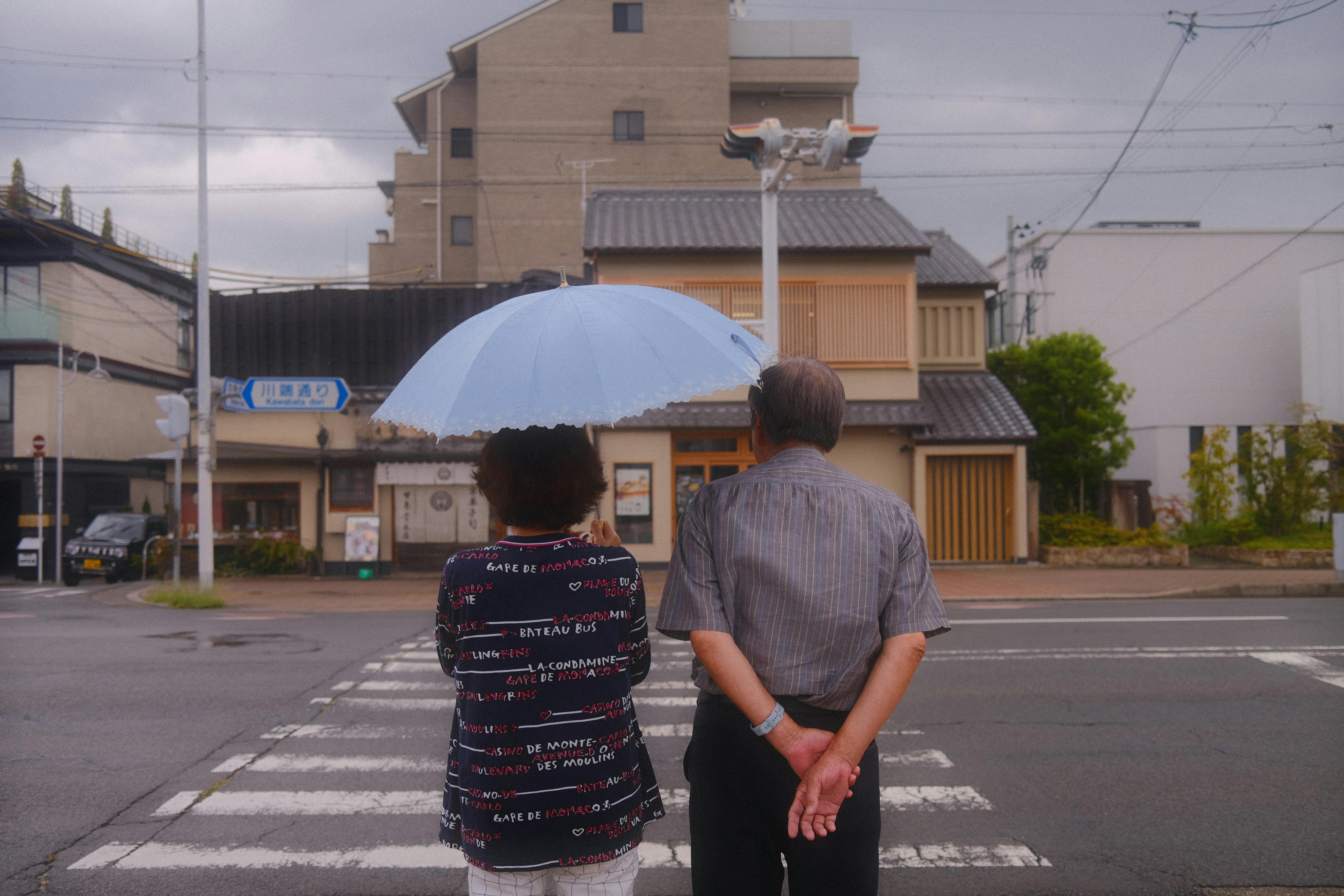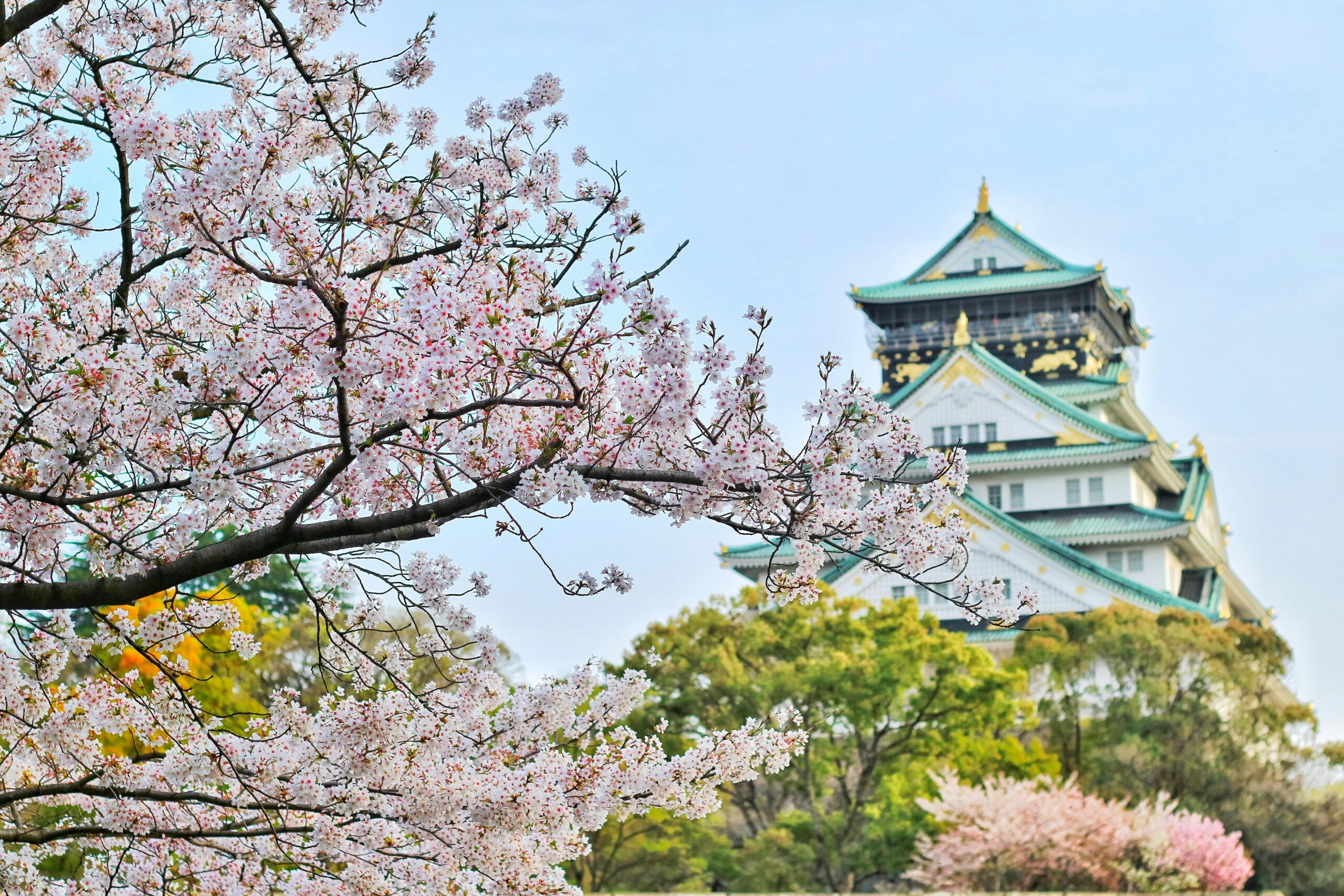
Table of Contents
Osaka is a vibrant, bustling metropolis known for its dynamic blend of traditional culture and cutting-edge modernity. As Japan’s third largest city, it offers visitors a unique and memorable travel experience filled with delicious street food, historic landmarks, lively neighborhoods, and warm, welcoming locals. Whether you are a foodie, history buff, shopaholic, or culture enthusiast, Osaka has something for everyone.
Getting Around: Transportation in Osaka
Osaka is well-connected by an extensive, efficient public transportation network that makes exploring the city and surrounding areas easy for international travelers.
1. Airports
- Kansai International Airport (KIX): The main international gateway to Osaka, located on an artificial island about 50 km southwest of the city center. It offers direct access to Osaka via train, bus, and taxi.
- Osaka Itami Airport (ITM): Focused mostly on domestic flights but convenient for internal travel within Japan.
2. Train and Subway
Japan’s rail system is famous for its punctuality and coverage. Osaka’s subway and train lines serve as the city’s transportation backbone.
- Osaka Metro: Consists of 8 lines covering most of the city. The Midosuji Line (red line) is especially useful for tourists, connecting major hubs like Umeda, Namba, and Tennoji.
- JR Lines: The JR Osaka Loop Line circles around the city center and connects to major stations such as Osaka Station (Umeda) and Tennoji.
- Private Railways: Hankyu, Hanshin, and Nankai lines connect Osaka to neighboring cities like Kyoto, Kobe, and to Kansai Airport. For example, the Nankai Line is the fastest way from the airport to central Osaka.
3. IC Cards
To simplify travel on public transport, purchase an IC card such as ICOCA, Suica, or Pasmo. These rechargeable cards can be used to pay fares on trains, buses, and even some vending machines and convenience stores.
4. Buses and Taxis
While trains and subways cover most tourist spots, buses fill in the gaps. City buses accept IC cards as well. Taxis are reliable but more expensive; drivers often do not speak English, so having your destination written in Japanese is helpful.
Top Attractions in Osaka
Osaka’s charm lies in its diverse attractions — a perfect mix of history, entertainment, and fantastic food. Here are some must-see places:
1. Osaka Castle (大阪城, Osaka-jō)
One of Japan’s most famous landmarks, Osaka Castle is a symbol of the city’s rich history. The castle grounds are extensive, featuring beautiful parks and gardens surrounding the iconic, reconstructed main tower. Inside the castle, the museum showcases artifacts and history of the castle and Toyotomi Hideyoshi, the samurai warlord who built it.
2. Dotonbori (道頓堀)
The beating heart of Osaka’s nightlife and culinary culture. Dotonbori is famous for its dazzling neon signs, especially the giant Glico running man billboard. This area is packed with restaurants and street food stalls offering Osaka specialties like takoyaki (octopus balls), okonomiyaki (savory pancakes), and kushikatsu (deep-fried skewers).
3. Shinsaibashi (心斎橋)
Right next to Dotonbori, Shinsaibashi is Osaka’s premier shopping district, featuring a covered arcade lined with boutiques, brand stores, and cozy cafes. It’s an excellent place to pick up unique souvenirs and fashionable apparel.
4. Universal Studios Japan (USJ)
A world-class theme park offering thrilling rides, shows, and attractions based on hit movies and franchises like Harry Potter, Minions, and Jurassic Park. USJ is perfect for families and entertainment seekers.
5. Kuromon Ichiba Market (黒門市場)
Known as “Osaka’s kitchen,” Kuromon Market is a lively street market with over 150 shops selling fresh seafood, fruits, vegetables, sweets, and more. It’s a great spot for tasting fresh sushi, grilled scallops, or seasonal produce.
6. Umeda Sky Building (梅田スカイビル)
An architectural marvel with an open-air observation deck called the “Floating Garden Observatory,” offering stunning panoramic views over Osaka city, especially beautiful at sunset and night.
7. Tennoji and Abeno Harukas
Tennoji is a lively district featuring Shitennoji Temple (one of Japan’s oldest temples), Tennoji Park, and the tallest skyscraper in Japan, Abeno Harukas, which has an observation deck on the 60th floor.
Language Tips for International Travelers
While English is commonly taught in schools, many locals in Osaka have limited English proficiency, especially outside main tourist areas. However, don’t worry — many signs, menus, and transport info are bilingual or use pictograms. Here are some practical language tips:
Useful Japanese Phrases
- Hello / Good day: こんにちは (Konnichiwa)
- Thank you: ありがとう (Arigatou) or more polite ありがとうございます (Arigatou gozaimasu)
- Excuse me / Sorry: すみません (Sumimasen)
- Yes: はい (Hai)
- No: いいえ (Iie)
- Do you speak English?: 英語を話せますか? (Eigo o hanasemasu ka?)
- Where is … ?: … はどこですか? (… wa doko desu ka?)
- Help!: 助けて! (Tasukete!)
Apps and Translation Tools
Download handy translation apps such as Google Translate (which supports offline translation and camera text recognition), and HyperDia or Navitime for train route planning. Keep a pocket Wi-Fi or SIM card for connectivity on the go.
Cultural Do’s and Don’ts in Osaka
Understanding Japanese etiquette will greatly enhance your trip and interactions with locals. Osaka, known for its friendly and relaxed atmosphere, still follows customary Japanese manners.
Do’s
- Do bow when greeting: A slight bow is a respectful way to say hello or thank you.
- Do remove shoes: When entering someone’s home, traditional restaurants, temples, or certain ryokans (inns), always take off your shoes and wear provided slippers.
- Do queue patiently: Japanese people form orderly lines for trains, buses, and at stores. Follow suit and wait your turn quietly.
- Do carry cash: Though cards are increasingly accepted, many small shops and restaurants still prefer cash (Japanese yen). Convenient stores have ATMs that accept international cards.
- Do try local food: Osaka is famous for its street food culture — don’t hesitate to sample takoyaki, okonomiyaki, and other specialties.
- Do speak a little Japanese: Even a small effort to greet or thank locals in Japanese goes a long way in earning smiles and goodwill.
- Do separate garbage: Osaka is strict about trash separation – look out for bins labeled burnable, non-burnable, and recyclables.
Don’ts
- Don’t talk loudly on trains or buses: Maintain a quiet demeanor to respect other passengers’ comfort.
- Don’t tip: Tipping is not customary in Japan and may even be considered rude or confusing.
- Don’t eat while walking: Eating on the go is generally frowned upon. Enjoy food at designated areas or benches.
- Don’t point with chopsticks: Avoid sticking chopsticks vertically into rice bowls or pointing at people — both are considered bad manners.
- Don’t blow your nose in public: It’s seen as impolite to blow your nose in front of others; use a tissue discreetly and dispose of it properly.
- Don’t be late: Punctuality is important in Japanese culture. Arriving late for tours or meetings may be disrespectful.
Additional Tips for a Smooth Osaka Trip
- Best time to visit: Spring (March-May) for cherry blossoms, and autumn (September-November) for pleasant weather and colorful foliage.
- Accommodation: Stay near Umeda or Namba stations for easy access to transport and attractions.
- Connectivity: Rent a pocket Wi-Fi or buy a local SIM card to stay connected.
- Currency Exchange: Exchange some money before arrival or at the airport. Currency exchange counters and ATMs are widely available.
- Emergency: Dial 110 for police and 119 for fire/ambulance.
Conclusion
Osaka is a city that welcomes visitors with open arms and endless excitement. From historic castles to buzzing nightlife, from mouthwatering street food to spectacular theme parks, this vibrant city offers an authentic and unforgettable slice of Japan. With good preparation, respect for local culture, and a curious spirit, your visit to Osaka will be a truly enriching adventure. Pack your bags and get ready to discover the heart of Kansai!
Happy travels and たのしい旅を!(Tanoshii tabi o! – Have a fun trip!)
